Emily Lakdawalla • May 28, 2013
Lesser-known views of Uranus and Neptune
Today I needed to come up with a list of great and unusual Neptune and Uranus photos to recommend to another space writer, and I figured that the best way to go about that was to write a blog entry!
I claim that despite the fact that Voyager 2 returned relatively few high-resolution images from either of those worlds, there are many more photos in the archives than regularly make it to public view. You can visit JPL's Planetary Photojournal to see all of these -- 48 press-released photos for Uranus and its moons, and 74 for Neptune and its moons. These contain classics such as this ultramarine-blue Neptune with its great dark spot and this much paler Uranus and its freakishly exaggerated "bull's eye" version. Together, those two images have resulted in the common depiction of Uranus as much lighter or paler (and often, as in this version by Calvin Hamilton, greener) than Neptune.
In fact, though, the two ice giants are near-twins, which you can see if you compare these two versions by Icelandic amateur image processor Björn Jónsson. At the time that Voyager 2 flew past, Uranus was grayer and less feature-rich than Neptune, but both shared the same serene methane-blue color.
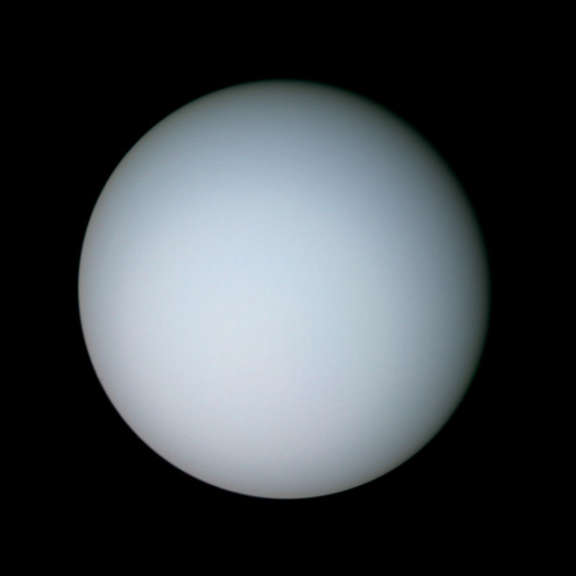
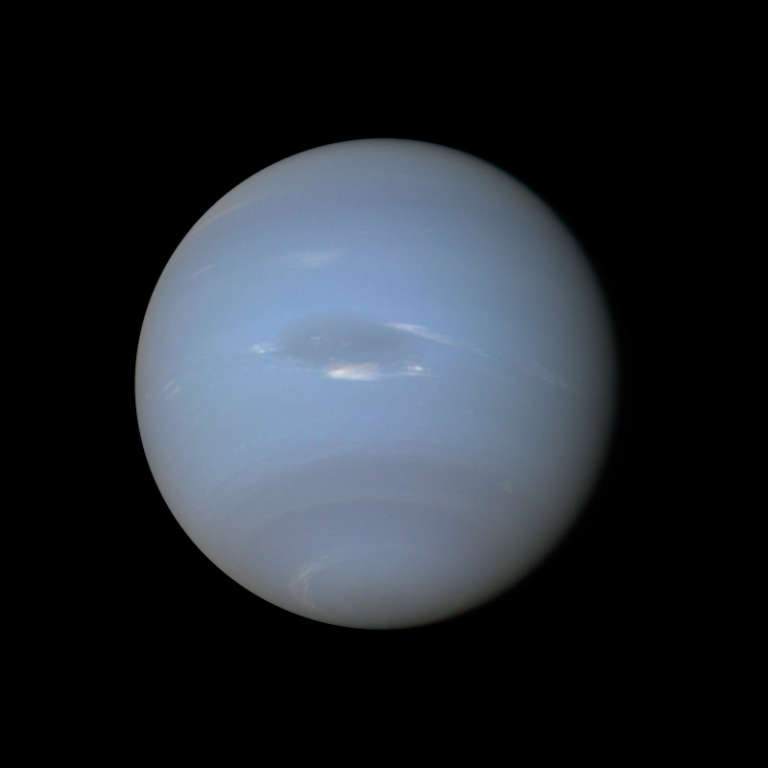
If you look at Uranus now, though, it's much more exciting than it was then. With its passage through equinox, the Sun is striking the whole planet, and its sky has erupted with bands and storms. Neptune has not remained constant, either. It's tempting to think of Neptune's Great Dark Spot as being something like Jupiter's Great Red Spot, but in fact the Dark Spot has disappeared since Voyager 2's encounter. Smaller versions of it have come and gone. Croatian amateur Gordan Ugarkovic has worked with Hubble data to see Neptune's changed face, while Heidi Hammel's work on her own data shows Uranus sporting dark spots of its own.
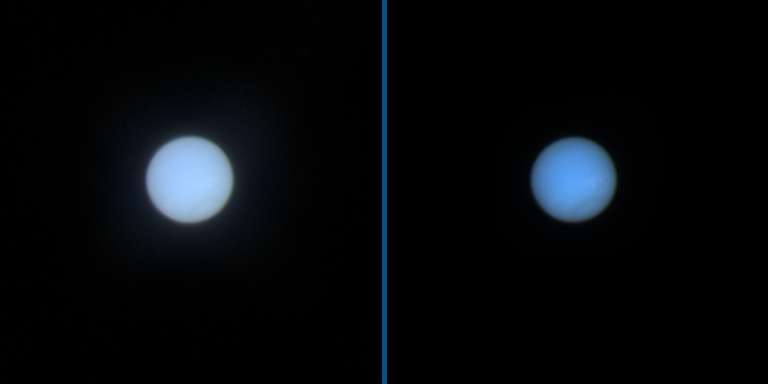

The two planets also look quite similar seen from behind. These are views possible only from a spacecraft, the like of which I don't know whether I'll ever see again. Only if we manage to get orbital missions (or perhaps another flyby) launched to either of these two distant worlds. I love this crescent planet data and processed the versions below.
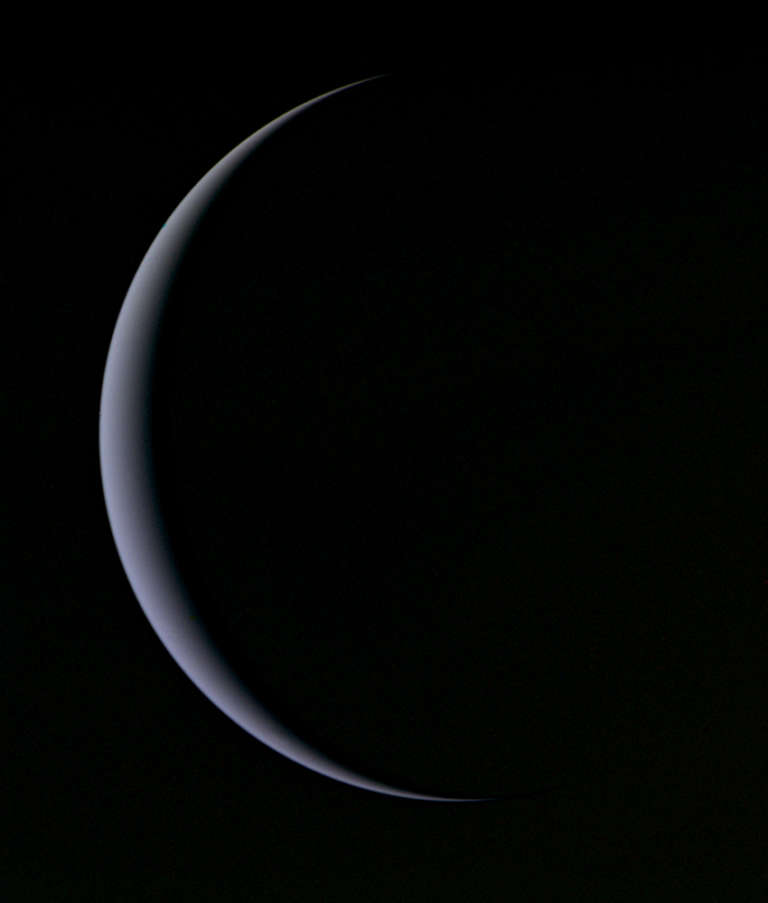
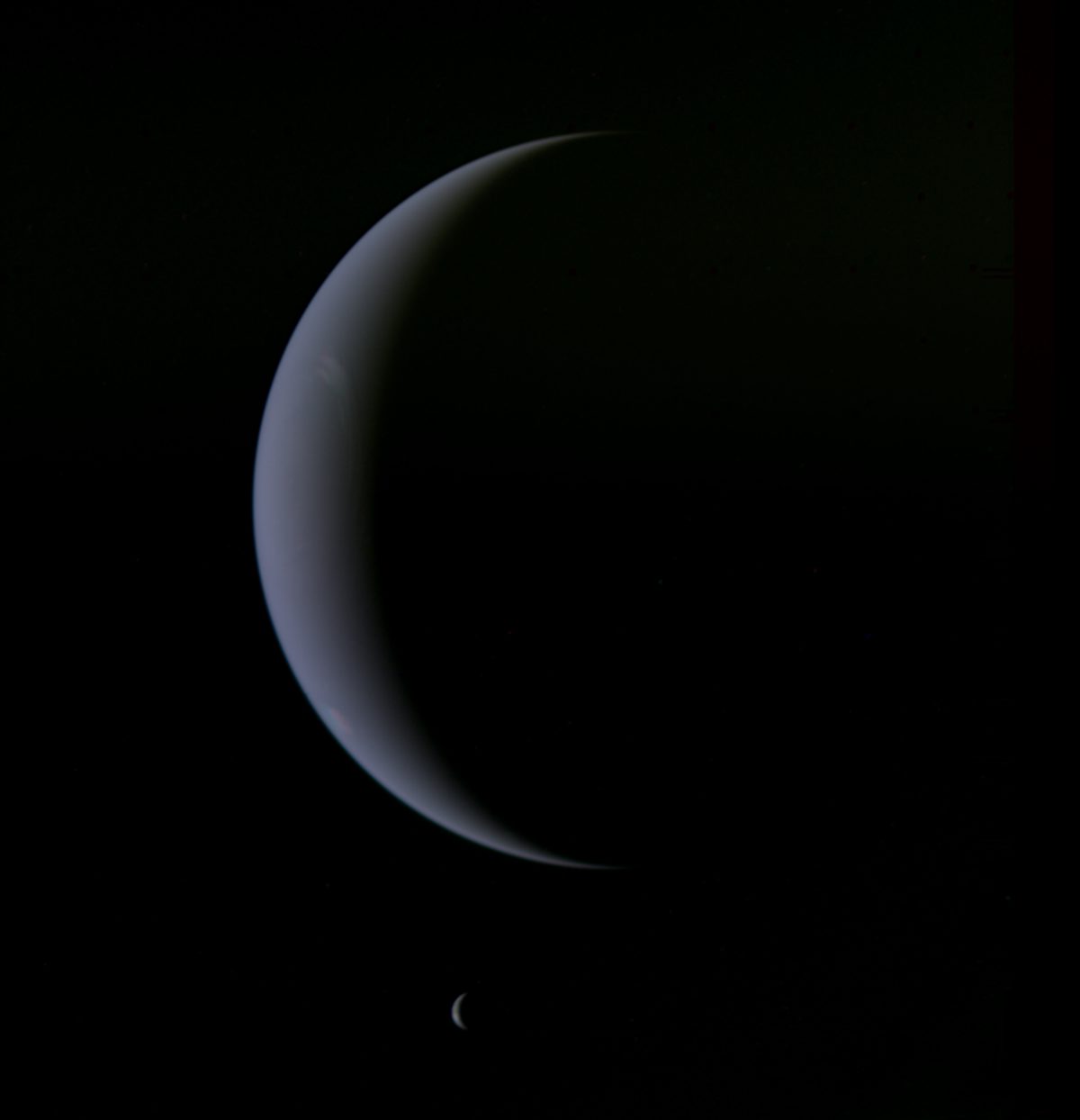
And finally, both planets have rewarded smart and sharp-eyed amateurs seeking new details in old data. Here's one of my favorite such stories, about American amateur Ted Stryk's hunt for transiting moons in the Voyager 2 Neptune data set. Here's one of the pictures from that story:

And here are some images that show Uranus' atmosphere wasn't featureless when Voyager 2 flew past: Czech amateur Daniel Machácek has managed to find clouds buried in the Voyager 2 pixels.
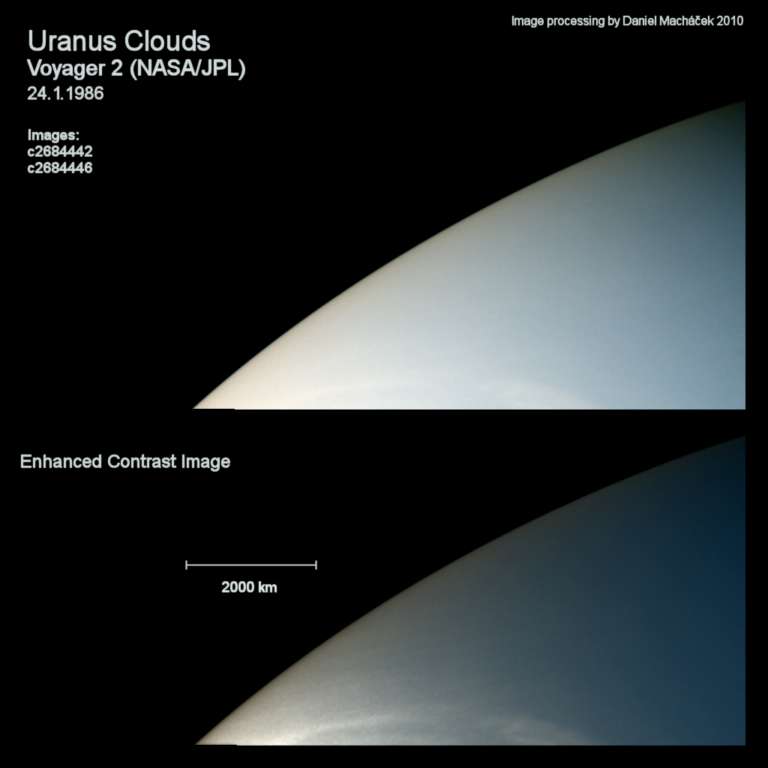

Visit the space images section of this website for more pictures of Uranus and its moons and more pictures of Neptune and its moons.
Support our core enterprises
Your support powers our mission to explore worlds, find life, and defend Earth. You make all the difference when you make a gift. Give today!
Donate

 Explore Worlds
Explore Worlds Find Life
Find Life Defend Earth
Defend Earth

